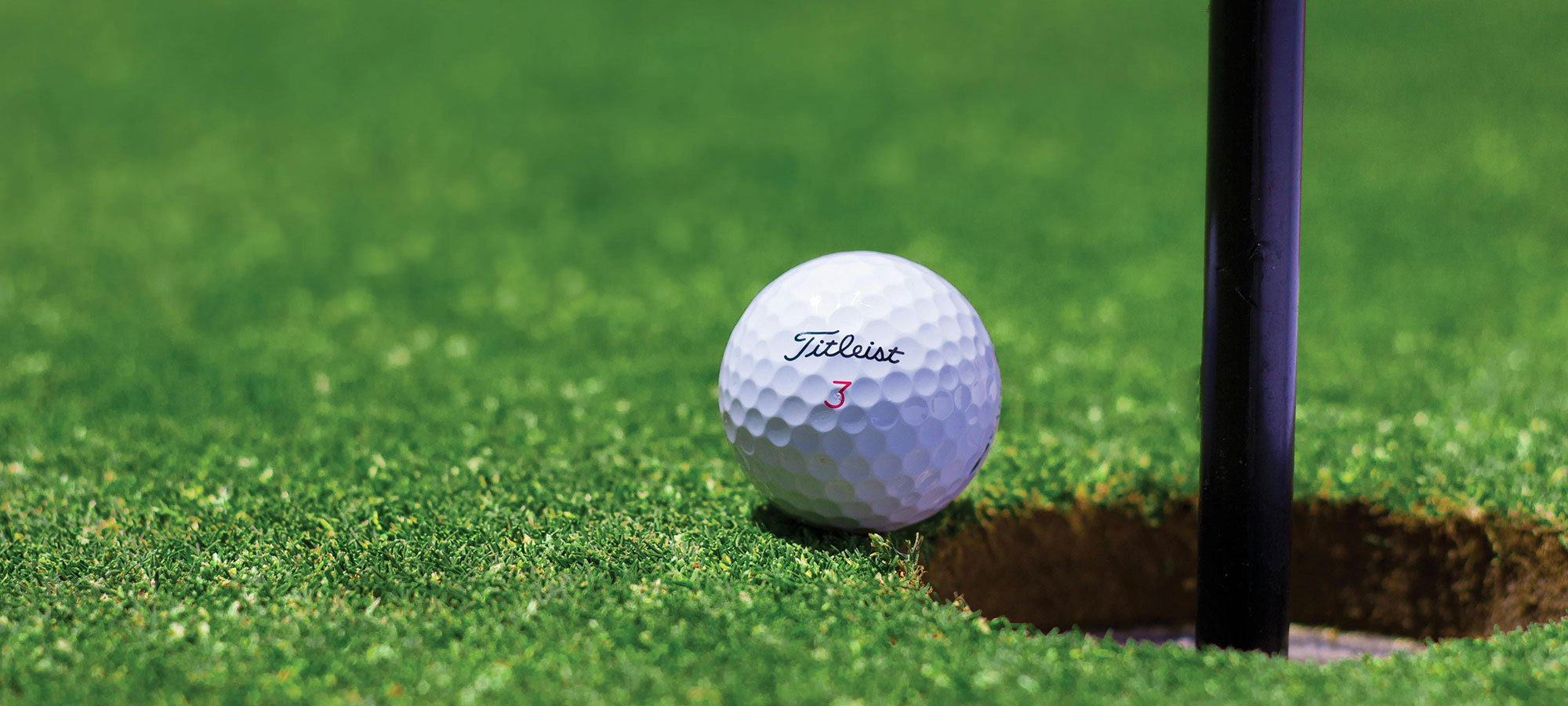Peter Alliss had it right when he said “C’or blimey O’Reilly…it’s a funny old game.” Golf is a bit if a head-scratcher at the best of times and while none of us will ever have the game totally figured out, there are certain aspects that, after a little digging, we can shed some light on.
One of golf’s most obvious quirks is the terms that explain various aspects of the game and while the Mashie Niblicks and Jigger and Sammys of the golfing world have long been resigned to golf’s history books, there is still plenty of golfing jargon that is probably quite confusing for those on the outside looking in.
In this instance we’re going to focus on the avian theme – think birdie, eagle etc, etc… – that runs through the game in relation to scores on an individual hole and how in America one of these phrases has adapted to make no sense whatsoever!
While there is no cast iron evidence as to where the term birdie came from originally, the vast majority of sources including the Historical Dictionary of Golfing Terms point towards the American slang term “bird” which was commonly used in the 19th century to describe something that was particularly great.
Reportedly during a game at The Country Club in Atlantic City between Ab Smith, William P Smith and George A. Crump, Ab Smith hit his approach shot on the par 4 second hole to within inches of the pin and the shot was described as “a bird of a shot”. After tapping in for a score of one under par on the hole the three of them continued to refer to that single hole score as a birdie and seemingly…the phrase stuck!
The term “Eagle” simply followed, being added to the lexicon to maintain the all things avian theme when referring to scores under par on a single hole. “Albatross” followed suit shortly after and over time all three phrases became common place on the golf course to the point where modern day golfers probably never wonder where they came from.
This brings us on to a variation of one of these phrases that, after being born in the USA following one of the most famous shots in the history of the game has become almost as commonly, if not more commonly used than the original.
“The shot heard ‘round the world” was struck by Gene Sarazen during the 1935 Masters (this was the shot that shoved The Masters forever into the golfing spotlight), a 4-wood from 235 yards that bounded into the hole for a two on the par 5 15th. At the time the shot was one of a kind and is most likely responsible for the puzzling phrase that is “double-eagle”.
In fact, newspaper articles that covered the 1935 event shed some light on where exactly the phrase came from. Grantland Rice, who was the leading American sports writer of his time, wrote the following for the Atlanta Constitution:
“And then as he swung, the double miracle happened. The ball left the face of his spoon like a rifle shot. It never wavered from a direct line to the pin. As it struck the green, a loud shout went up. Then suddenly (it) turned into a deafening, reverberating roar as the ball spun along its way and finally disappeared into the cup for a double eagle 2 — a 2 on a 485-yard hole when even an eagle 3 wouldn’t have helped.”
Of course Gene Sarazen’s “Double Eagle” isn’t the only one to have been recorded at The Masters. In fact, there has been one albatross at each of the four par 5s at Augusta National throughout Masters history. Sarazen’s was the 1st, Bruce Devlin bagged a 2 on the 8th 1967, Jeff Maggert got his on his way through Amen Corner at the 13th in 1994 and, most recently, Louis Oosthuizen, as shown above, holed out for a two on the 2nd in his final round in 2012.
A beautiful piece of writing no doubt but wait…a double eagle?! I am no maths whizz but surely logic would imply that if an eagle is two under par then a double eagle would be four under par…no?
Let’s let the experts run the rule over this one…
Flabbergasted that anyone would stray from the tried and tested “albatross”, double Open Champion (see what I did there?!) Padraig Harrington said, “It’s an albatross. There’s no such thing in life as a double eagle. Is there? Two eagles side by side are two eagles, not a double eagle. You don’t refer to animals…’Oh, I just saw a double elephant over there.’ There’s no doubting what it is. It’s an albatross.”
Spot on Padraig…spot on!
And the Irishman is not the only pro golfer who’s not sold on “double eagles”…
2005 US Open champ, Geoff Ogilvy also shared his thoughts on the matter. “I didn’t know what a double eagle was until I came to the United States. I might have read the term. That’s weird. I guess they can’t think of a word for something better than eagle so they call it a double eagle. But it’s not really a double eagle. It’s an eagle-and-a-half. I always liked albatross. It’s a good bird, isn’t it? They fly across oceans. It’s grand, which is what describes the shot.”
Whatever you fancy calling it, an ALBATROSS is the second rarest shot in golf (less common than a hole in one due to the length of shots needed to hole out in 2 on a par 5 but less rare than a “condor” which is a hole in one on a par 5) and now that I am content with my lot when it comes to hole in ones – I am currently sitting pretty on two of those – I am eagerly awaiting my first albatross…or is that double eagle? Or triple birdie? Each to their own I guess…
Golf Scoring Terms
Par
Par is the standard number of strokes a proficient golfer, otherwise known as a scratch golfer, takes to complete a hole on a golf course.
Birdie
Birdie is when a golfer completes a hole in one stroke less than the designated par.
Eagle
Eagle is when a golfer completes a hole in two strokes less than the designated par.
Albatross (Double Eagle)
Albatross, otherwise known as a double eagle, is when a golfer completes a hole in three strokes less than the designated par.
Condor
Condor is when a golfer completes a hole in four strokes less than the designated par.
Ace (Hole in one)
An ace, otherwise known as a hole in one, is when a golfer completes a hole in one stroke.
Bogey
A bogey is when a golfer completes a hole in one stroke more than the designated par.
Double Bogey
Two strokes more than the designated par.
Triple Bogey
Three strokes more than the designated par.
Quadruple
Four strokes more than the designated par.







I’m fortunate to have had 2 albatross’ & thought you’d like to hear about the 1st, while on the 9th at ogbourne downs a group of 4 waved me & my mate through, we arrived at our drives at the top of the hill to discover Ossie Ardiles, Colin Calderwood, Dave Hockiday & Andy Rowland (Swindon Town FC) they waited for us to play through & I hit a 5 wood short of the green & bounced on & into the hole, I was gob smacked & Colin Calderwood went crazy ! Ossie managed a smile & good shot ! Brilliant.
Awesome story Neil…I’d be dining out on that one until I stopped playing golf!
Rory
Your Golf Travel
I read in a golf article that a hole in one was referred to as a magpie never heard it as a condor on a par 5 so which is right?ias far as a double eagle that’s crazy it’s a albatross silly Americans screw everything up don’t they